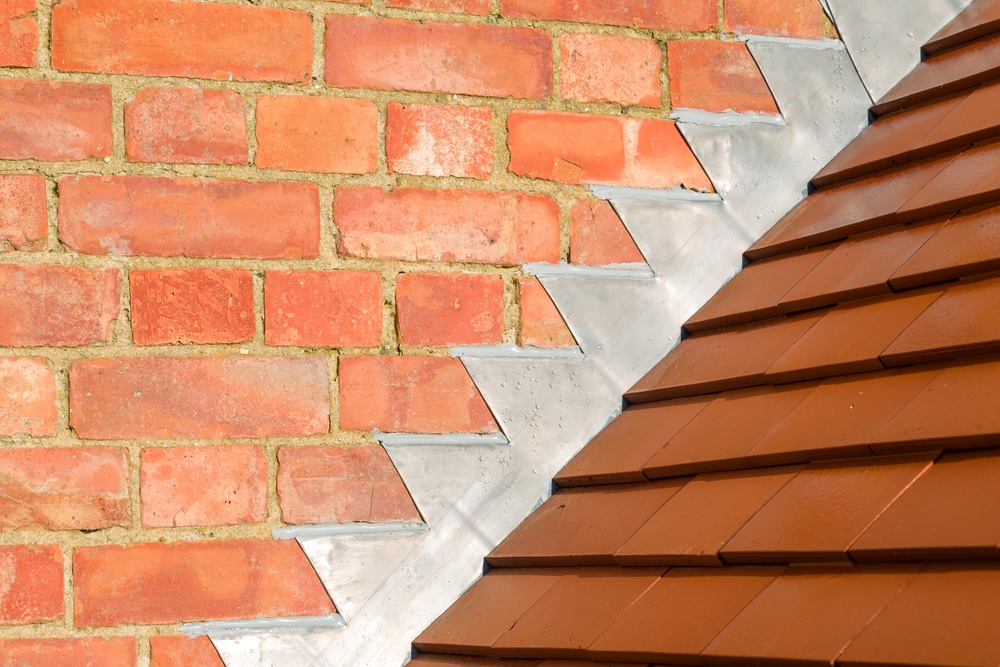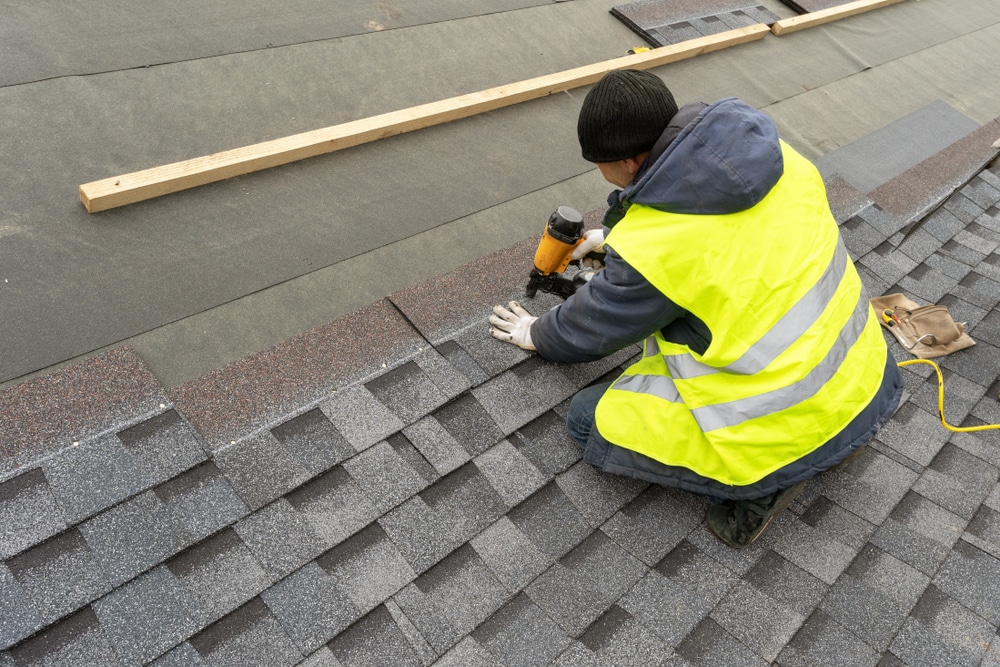There are a few components within many roofs that it’s worth knowing about as a resident or building owner, and one of these that sometimes doesn’t get enough attention is flashing. Flashing is a component that plays a major role in preventing leaks and related issues on the roof area, and knowing about it will help you understand how it works, when it might require repairs, and more.
At The Roof Doctor, we’re here to offer a huge range of residential roofing services, including anything you might need involving your flashing. What exactly is roof flashing, what are its top purposes, and what are some various types of flashing that might be useful for your roof? Here’s a basic primer.
Basics on Roof Flashing
For those unaware, roof flashing refers to a component that acts as a preventive seal between the joints in your roof. These joints are particularly vulnerable to leaks, as they provide potential spaces for water and other materials to enter. Flashing is installed over these joints in order to make sure that they’re well-sealed and won’t cause any issues.
Flashing is made out of a variety of different materials, including metals like aluminum, galvanized steel, or copper. In some cases, flashing might also be made out of asphalt-based materials, plastic, or even rubber. The specific material used will often depend on the location and purpose of the flashing itself, and may also be dictated by the type of roof that you have.
The Purpose of Roof Flashing
There are a few key purposes that roof flashing typically serves. First, as we’ve noted, it helps to seal up any joints in the roof and prevent leaks. In addition, flashing can also help to direct water away from areas where it might cause damage, such as near the chimney. Flashing can also help to hold shingles in place, and may even provide additional support for gutters or other components.
In short, roof flashing plays a vital role in protecting your home from water damage, and making sure that your roof lasts for as long as possible. It’s important to keep an eye on your flashing and make sure that it’s in good condition, as any issues with flashing can lead to significant problems down the line.
Areas Where Flashing is Typically Used
In addition to roof joints, there are a number of specific parts of a roof where flashing will often be used. These areas are those where leaks are more likely than in other areas of the roof, and they include:
- Dormer wall roof surfaces: These are the slanted walls that project outwards from a pitched roof, and they often have windows. This kind of roof surface is particularly vulnerable to leaks.
- Chimneys: The base of a chimney is another spot where water can enter, and flashing helps to seal it off.
- Valleys: A valley is the point where two sloped roof surfaces meet, forming a V shape. These are also prone to leaks if not properly sealed. Luckily, using flashing in these areas can help.
- Skylights: Skylights are another potential leak point, as they’re essentially holes in the roof. Flashing helps to seal them off and prevent any water or other materials from getting inside.
Types of Flashing
When it comes to the types of flashing available, they’re broken down in a few different ways. Some are based specifically on the area of the roof they’re meant to go in, while others are just a general type that can be attached to multiple different roof areas. Here are some of the top options available:
- Chimney: One of the more specific types of flashing, chimney flashing is installed around the base of a chimney. It’s usually made out of metal, and can help to seal off this vulnerable area.
- Valley: As we touched on above, valley flashing is installed in the valleys of a roof. Again, this is usually made out of metal, and can help to prevent leaks in these areas.
- Vent pipe: Vent pipe flashing, on the other hand, is meant to be applied over pipes and flues on your roof, with a cone-shaped design that helps to seal them off. It also has a base flange that fits into the shingles of the roof.
- Step: If you have a sloped roof or vertical wall that needs flashing, step flashing is a good option. This type of flashing is installed in sections, with each section overlapping the one below it. This helps to create a watertight seal that can prevent leaks. The step seal often contains drip edges to prevent water seeping under the surface at the eaves.
- Integral: Integral flashing is often used alongside step flashing, particularly when skylights or other openings are present. This type is usually made out of the same material as the rest of the roof, and helps to seal off these vulnerable areas.
- Saddle: For things like railing attachments, joists and beams, and other such areas, saddle flashing is a good option. This type of flashing is usually made out of metal or plastic, and helps to seal these areas off to prevent leaks.
As you can see, there are a number of different types of flashing available, each of which can be used in specific areas to help prevent leaks. Knowing which type is right for your roof will help you make sure that it’s properly sealed off and protected from the elements.
For more on roof flashing, or to learn about any of our roofing or related services, speak to the team at The Roof Doctor today.



